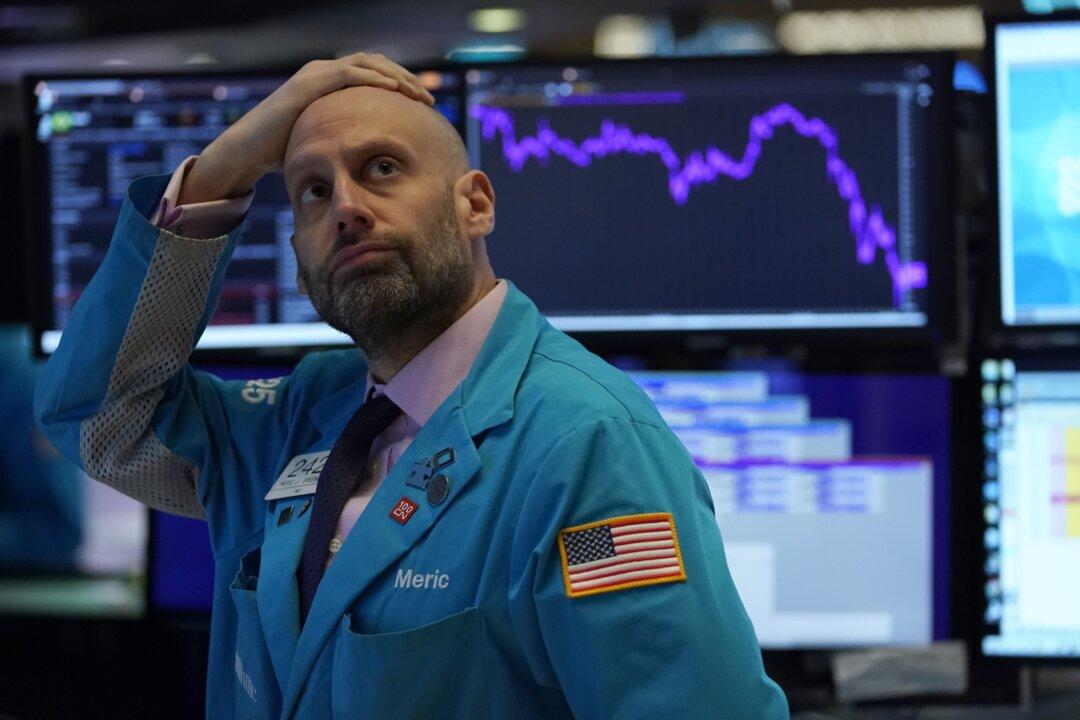Stocks plummeted on March 9 on Wall Street as fears of the coronavirus and a steep decline in oil prices shook trader confidence in the market and triggered the first automatic trading halt in more than 20 years.
The price of oil sunk roughly 25 percent as Saudi Arabia slashed crude prices and vowed to increase production in response to Russia refusing to cut production in response to falling demand. While lower oil prices can invigorate the economy by slashing shipping rates and the price of gasoline, they can also pummel oil companies, which depend on oil revenue.





